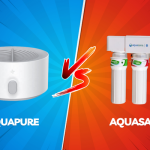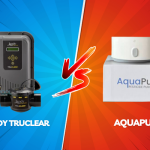Are you trying to decide between a Pivo and Gimbal stabilizer for your videos? Many videographers are faced with this decision, and it can be daunting. In this article, we will explore the differences between the two popular stabilizers so that you can decide which one is right for you. We will look at the features, usability, and cost of each so that you can choose the one that best meets your needs. So, let's get started and compare Pivo vs. Gimbal to help you make the right choice.
| Pivo | Gimbal |
|---|---|
| Pivo is an innovative auto-tracking mount using Artificial Intelligence technology to track and frame your subject automatically. | Gimbal is a 3-axis camera stabilizer that provides smooth, steady, and accurate footage. |
| Pivo can recognize faces, objects, and colours and automatically track and frame them. | Gimbal offers up to 12 hours of battery life and can be used with different cameras, such as DSLRs and action cameras. |
| Pivo has an intuitive mobile app for easy setup and control. | Gimbal is designed to be lightweight and portable, making it easy to transport. |
| Pivo is compatible with various cameras, including DSLRs, mirrorless, and action cameras. | Gimbal has an intuitive mobile app for easy setup and control. |

Chart Comparing: Pivo Vs Gimbal
| Comparison | Pivo | Gimbal |
|---|---|---|
| Purpose | Pivo is a robotic camera mount designed to capture smooth, rotating footage at any angle. | Gimbal is a device that stabilizes a camera, usually used for aerial or handheld shots. |
| Motion Control | Pivo can move in any direction and rotate 360 degrees. | Gimbal can only move in the three axis of motion, pan, tilt, and roll. |
| Stability | Pivo stays stable and smooth when moving in any direction. | Gimbal can offer more stability and smoothness when moving in the three axes of motion. |
| Weight | Pivo is relatively lightweight, making it easy to transport. | Gimbals are generally heavier than Pivo and may require additional equipment to mount. |
| Price | Pivo is generally more affordable than gimbals. | Gimbals are more expensive than Pivo, but they offer more functionality. |
Pivo vs Gimbal: Which is the Best for Video Production?
A pivo and a gimbal are two of the most popular tools used in video production. Both tools can be used to help create smooth and steady footage, but which is the best for the job? In this article, we'll take a look at the differences between a pivo and a gimbal and discuss the pros and cons of each.
What Is a Pivo?
Pivo is a motorized device that stabilizes and smooths camera movements. It is usually connected to the camera via a cable and can be used to capture smooth and steady footage while on the move.
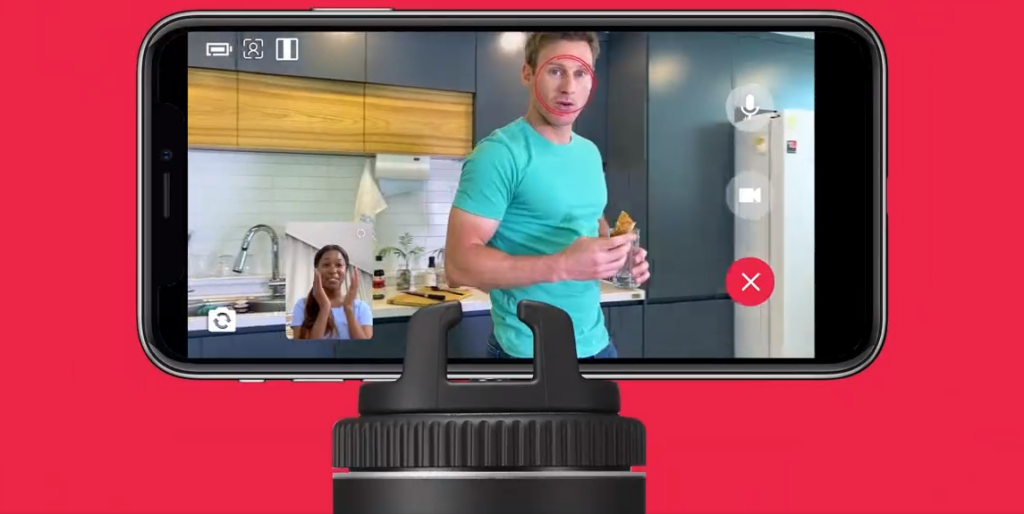
The pivo's motorized gyroscope helps keep the camera level and steady, even when moving. It is an excellent tool for getting shots that require a lot of movement, such as tracking shots or following an actor or subject.
The pivo is easy to use and is relatively inexpensive compared to other stabilization systems. It is also an excellent option for beginners, as it is a simple device that can help you get great results without much experience.
The pivo does have its drawbacks, however. It is less reliable than a gimbal and can be prone to jerky movements if not used correctly. Additionally, the pivo does not provide the same level of control as a gimbal and is unsuitable for more complex shots.
What Is a Gimbal?
A gimbal is a motorized device that is used to stabilize and smooth out camera movements. Unlike a pivo, the Gimbal is typically connected to the camera via a three-axis motor, which helps to keep the camera level and steady even when it is moving. The Gimbal also provides more control over the camera's movements, allowing you to control the speed and direction of the camera's movements.
The Gimbal is an excellent tool for capturing complex shots, such as tracking shots or following an actor or subject. The Gimbal is also more reliable than a pivo and provides more control over the camera's movements. However, the Gimbal is more expensive than a pivo and is more complicated to use.
The Gimbal is a great tool for experienced filmmakers but may be too complex for beginners. Additionally, the Gimbal is less portable than the pivo, making it less suitable for on-the-go shooting.
Pros and Cons of Pivo vs Gimbal
When choosing between a pivo and a gimbal, each has pros and cons. The pivo is less expensive, easier to use, and more portable than the Gimbal, making it an excellent option for beginners. However, the pivo is not as reliable as a gimbal and does not provide the same level of control.
The Gimbal is more expensive, more complicated to use, and less portable than the pivo, making it a better option for experienced filmmakers. The Gimbal is more reliable than a pivo and provides more control over the camera's movements, making it ideal for complex shots. However, the Gimbal is less suitable for on-the-go shooting than the pivo.
Which Is Best for Video Production?
When it comes to choosing between a pivo and a gimbal for video production, the best option will depend on your needs and experience level. The pivo is an excellent option for beginners as it is less expensive, easier to use, and more portable. For experienced filmmakers, the Gimbal is a better option as it is more reliable and provides more control over the camera's movements.
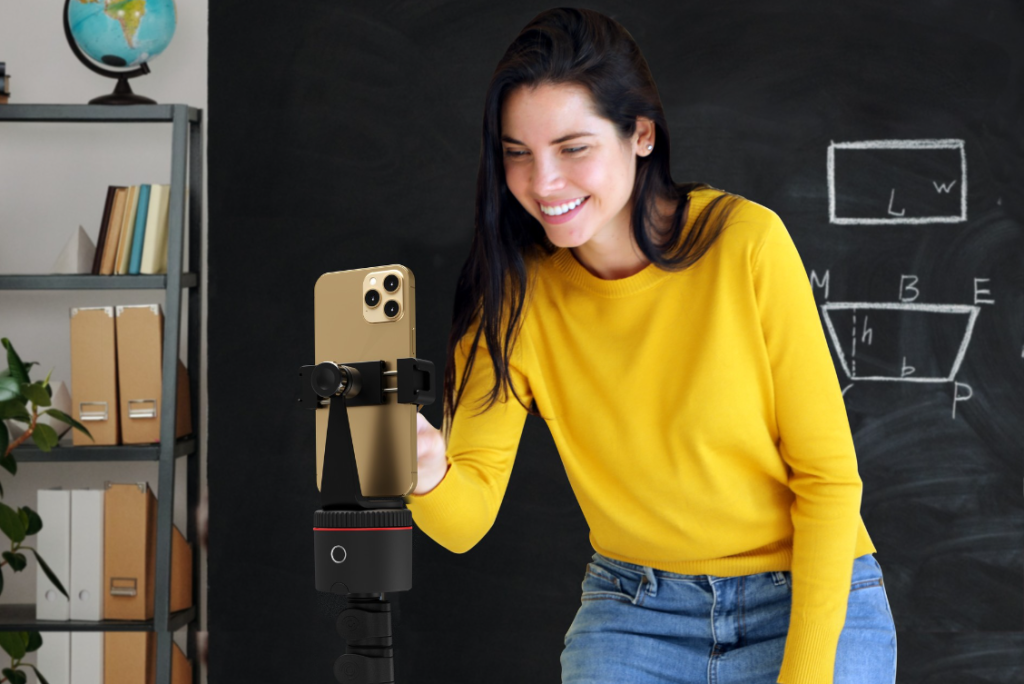
Pivo vs Gimbal: Price
When it comes to price, the pivo is the more affordable option. A good quality pivo can be found for around $80, whereas a good quality gimbal can cost upwards of $200. Additionally, the pivo is less expensive to maintain, as it does not require as many parts or accessories as a gimbal.
The Gimbal is typically more expensive than a pivo, but it is worth the extra cost if you are looking for a reliable and powerful stabilization system. Additionally, a gimbal is more versatile and can be used for various shots and camera movements.
Pivo vs Gimbal: Ease of Use
Regarding ease of use, the pivo is the simpler option. The pivo is a straightforward device that is easy to set up and use, making it an excellent option for beginners. Additionally, the pivo is less complicated to maintain, as it does not require as many parts or accessories as a gimbal.
The Gimbal is more complicated to set up and use and requires more maintenance than a pivo. Additionally, the Gimbal is less portable than the pivo, making it less suitable for on-the-go shooting. The Gimbal is a better option for experienced filmmakers, as it provides more control over the camera's movements.
Pivo vs Gimbal: Portability
When it comes to portability, the pivo is the more portable option. The pivo is small and lightweight, making it easy to transport and use on the go. Additionally, the pivo does not require as many parts or accessories as a gimbal, making it easier to transport and set up.
The Gimbal is larger and heavier than a pivo, making it less suitable for on-the-go shooting. Additionally, the Gimbal requires more parts and accessories, which can add to the overall weight and bulkiness of the system.
Pivo vs Gimbal: Reliability
When it comes to reliability, the Gimbal is the more reliable option. The Gimbal is designed to be more accurate and consistent, even when shooting in challenging environments. Additionally, the Gimbal is more reliable than a pivo, as it is less prone to jerky movements.
The pivo is less reliable than a gimbal and can be prone to jerky movements if not used correctly. Additionally, the pivo does not provide the same level of control as a gimbal, making it less suitable for complex shots.
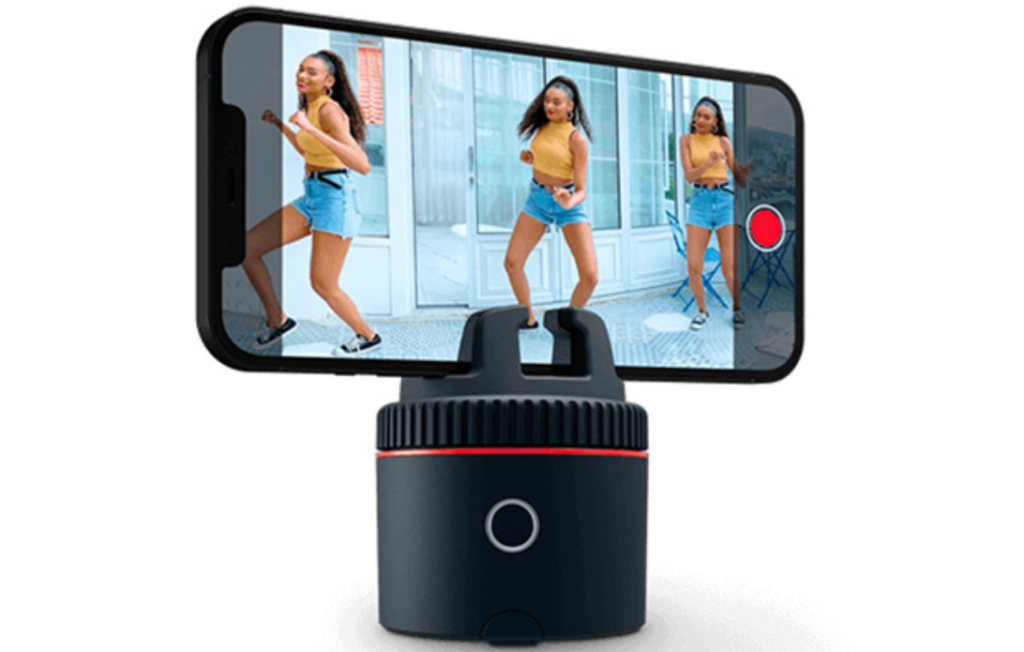
Pivo vs Gimbal Pros & Cons
Pros of Pivo
- Easy to use and set up.
- It can be used for multiple shots.
- Smaller and lighter than Gimbals.
- Less expensive than Gimbals.
Cons of Pivo
- Less stable than gimbals.
- Not suitable for long tracking shots.
- It cannot use with heavier cameras.
- Limited range of motion.
Pros of Gimbal
- More stable than pivo.
- Suitable for long tracking shots.
- It can use with heavier cameras.
- More range of motion.
Cons of Gimbal
- More difficult to use and set up.
- It cannot be used for multiple shots.
- Larger and heavier than Pivos.
- More expensive than Pivos.

Which Is Better – Pivo vs. Gimbal?
It is a difficult decision to make when choosing between Pivo and Gimbal for your needs. Both are quality products that offer a variety of features. In the end, it comes down to personal preference and individual needs.
When deciding between the two, it is important to consider what features are most important to you. Pivo offers a wide range of features and functions that may be more suited to your needs. For example, it is an excellent choice for those who need advanced software, intuitive controls, and a range of customization options.
On the other hand, Gimbal is an excellent choice if you need a reliable and easy-to-use product. It offers a simple setup and intuitive controls. Additionally, it is a great choice for those who need a stable platform that is easy to use.
Ultimately, it is essential to consider which features are most important to you. Pivo and Gimbal offer quality products, so it is ultimately up to the user to decide which is the better choice.
To help you decide, here are three reasons why Pivo is the better choice:
- Advanced software with many customization options.
- Intuitive controls that make it easy to use.
- A wide range of features and functions.
Frequently Asked Questions
Pivo and Gimbal are two of the most popular stabilization systems used in photography and videography. Both systems have advantages and disadvantages, and understanding their differences can help you choose the right system for your needs.
What Is Pivo?
Pivo is a motorized gimbal system that uses a combination of brushless motors and sophisticated software algorithms to stabilize a camera and keep it level. The system is composed of a camera mount, a brushless gimbal motor, and a control unit.
The camera mount is designed to accept a variety of cameras and lenses, while the brushless motor is designed to provide smooth and precise movements. The control unit adjusts the settings and controls the speed and direction of the camera's movement. Pivo also features an intuitive user interface, allowing users to quickly and easily adjust the settings.
What Is Gimbal?
Gimbal is a type of mechanical stabilization system that uses a combination of gyroscopes and actuators to keep a camera level. It is composed of a frame, a series of motors, and a control unit. The frame supports the camera, while the motors stabilize and control the camera's movements.
The control unit sends commands to the motors, allowing the user to control the speed and direction of the camera's movement. It also allows the user to adjust the settings and fine-tune the camera's movements.
What Are the Advantages of Pivo?
One of the main advantages of Pivo is its intuitive user interface, which makes it easier to use than gimbal systems. The system features an intuitive menu system, allowing users to quickly and easily adjust settings and fine-tune the camera's movements.
Pivo also features many features, including preset movements, adjustable speed and direction control, and automatic tracking. Additionally, Pivo is designed to be lightweight and compact, making it easier to transport and set up.
What Are the Advantages of Gimbal?
Gimbal systems are known for their superior stability and accuracy, making them the preferred choice for many photographers and videographers. Gimbal systems feature a sophisticated stabilization algorithm, allowing them to keep the camera level even in extreme conditions.
Additionally, gimbal systems are designed to be robust and durable, allowing them to withstand the rigors of professional photography and videography.
Which System Is Right for Me?
The type of system that is right for you will depend on your needs and budget. Pivo is an excellent option for those on a budget who want an easy-to-use stabilization system.
Gimbal systems are ideal for those who need a more sophisticated and accurate stabilization system but can afford the higher cost. Ultimately, the decision will come down to your specific needs.
Conclusion
In conclusion, choosing between a Pivo and a Gimbal comes down to what you need it for. If you need a way to capture smooth, cinematic footage, then a Gimbal is the way to go.
If you need a way to create engaging content quickly, Pivo is the way to go. Both are great tools, and you should choose the best fit for your needs.












